How the LA Immigration Ruling Could Change ICE Operations Nationwide
A groundbreaking LA court ruling halts ICE’s racial profiling and warrantless raids, setting a bold precedent for sanctuary cities nationwide. Explore how constitutional law, community resistance, and judicial oversight are reshaping immigration enforcement across the U.S.
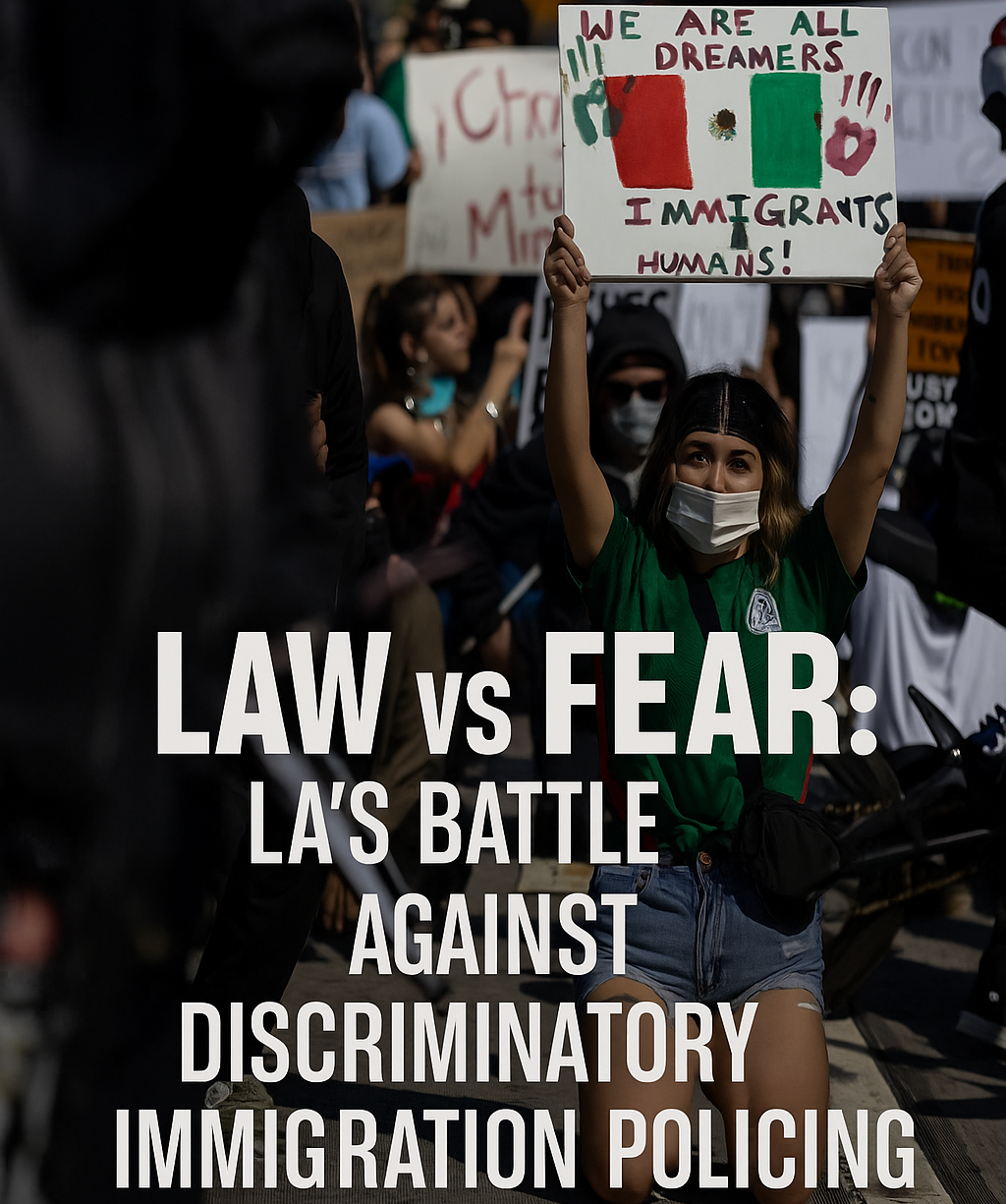
LOS ANGELES, July 12, 2025
A Courtroom Reckoning: From LA’s Streets to Constitutional Crossroads
By July 2025, Los Angeles had become the center of a fierce legal and civic uprising. What started as ICE operations, with large roundups at bus stops, car washes, and workplaces, escalated into widespread protests. Masked federal agents drove unmarked vans, detaining anyone who appeared “Hispanic,” wore work clothes, or spoke Spanish. Entire freeways shut down, and the National Guard was deployed, marking a significant clash between federal authority and local protections.
The lawsuits arrived quickly. They were led by CHIRLA, ACLU of Southern California, and Public Counsel, and supported by cities such as Los Angeles, Montebello, and Santa Monica. Plaintiffs included Latino day laborers and U.S. citizens wrongfully detained, like Brian Gavidia, a tow-yard worker who identified as American before being handcuffed.
At the hearing, ACLU attorney Mohammad Tajsar argued that ICE's operations were based on quotas rather than specific evidence, unfairly targeting “brown skin” and “dirty clothes.” The GOP defense claimed that officers acted on “reasonable suspicion” and prior information.
Unpacking the Ruling: Constitutional Shields Held High
On July 11, Judge Maame Ewusi‑Mensah Frimpong issued broad temporary orders affecting seven California counties. Key mandates include:
- No more random stops or arrests based on race, language, occupation, or presence at certain locations; ICE must provide reasonable suspicion.
- Mandatory access to lawyers; detainees in LA immigration centers must be able to meet with attorneys and make confidential calls seven days a week.
Judge Frimpong’s wording echoed constitutional principles: “Roving patrols without reasonable suspicion violate the Fourth Amendment…” and denying access to legal counsel violates the Fifth.
DHS quickly criticized the ruling, arguing it overstepped and hinted at an appeal. However, 18 Democratic state attorneys general, including Michigan’s Dana Nessel, supported the case, warning that unchecked ICE tactics set a troubling precedent.
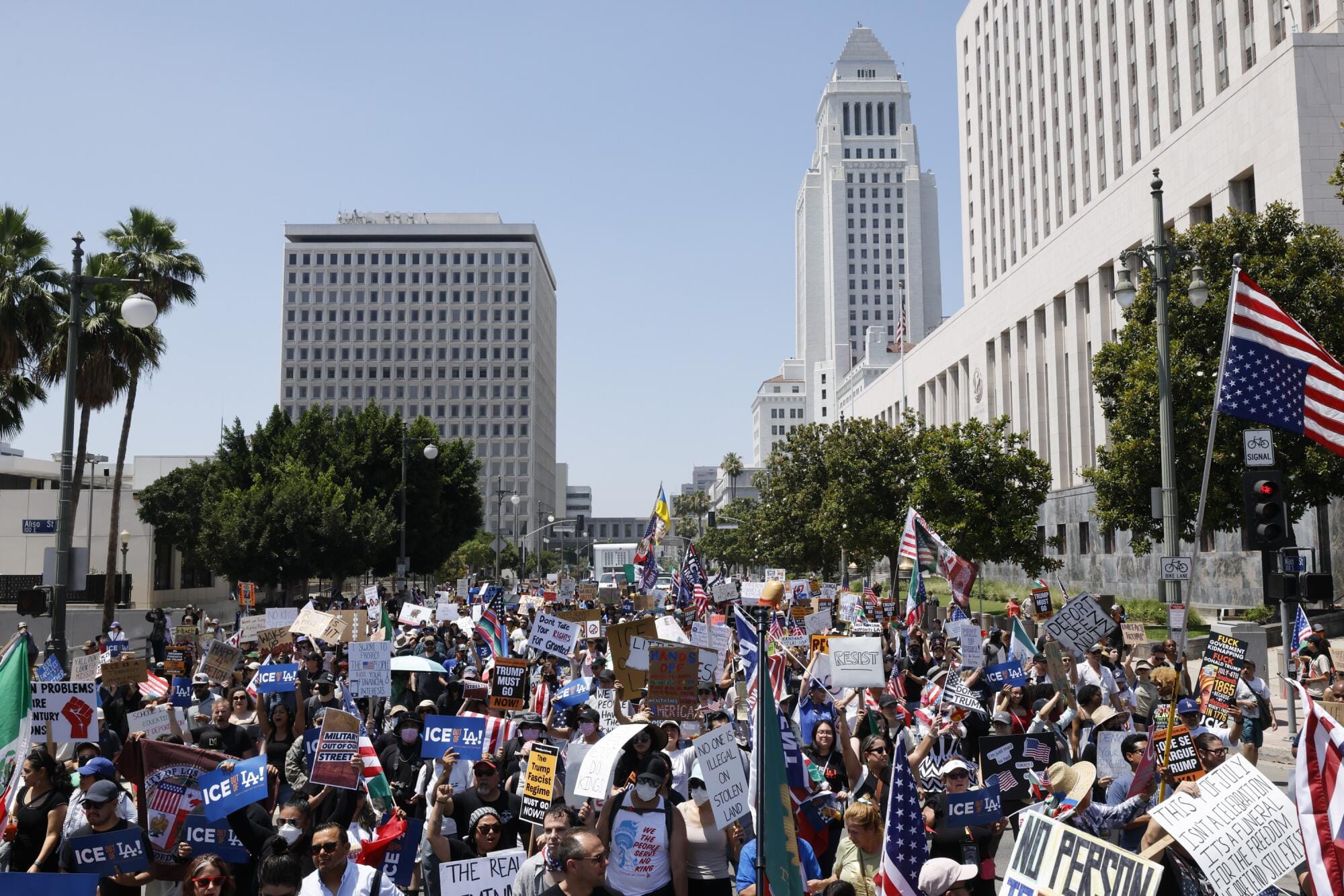
Local Revolt, National Impact: Sanctuary Cities at the Ready
Los Angeles wasn’t the only city taking action. Denver, Chicago, San Francisco, and New York all have pending lawsuits aimed at overseeing ICE. These cities are now pointing to LA’s ruling to demand similar limitations on racial profiling and unauthorized collaborations between ICE and police.
This decision also provides civil rights advocates with a framework:
- Clear constitutional grounding: violations of the Fourth and Fifth Amendments
- Concrete actions: establishing requirements for suspicion, ensuring access to counsel, closing data-sharing gaps
- Wide-ranging injunctions are a stronger model than city-only restrictions.
In short, ICE's tactics are under scrutiny.
Constitutional vs. Enforcement: Where the Rubber Met the Road
This LA ruling exposed significant ideological conflicts:
- Federal authority vs. constitutional rights: Justice Frimpong’s orders confirmed that even federal agents must follow the Constitution.
- Sanctuary cooperation: Local police and city leaders, like Mayor Bass, showed that sanctuary policies support, not contradict, constitutional due process.
- Civil rights through legal oversight: This ruling reflects broader legal shifts post-Trump, including reinstating DACA protections, overturning Title 42, and now limiting ICE’s power.
For immigrant communities, whose trust in law enforcement has been broken, this ruling signals a shift from fear to reclaiming rights.
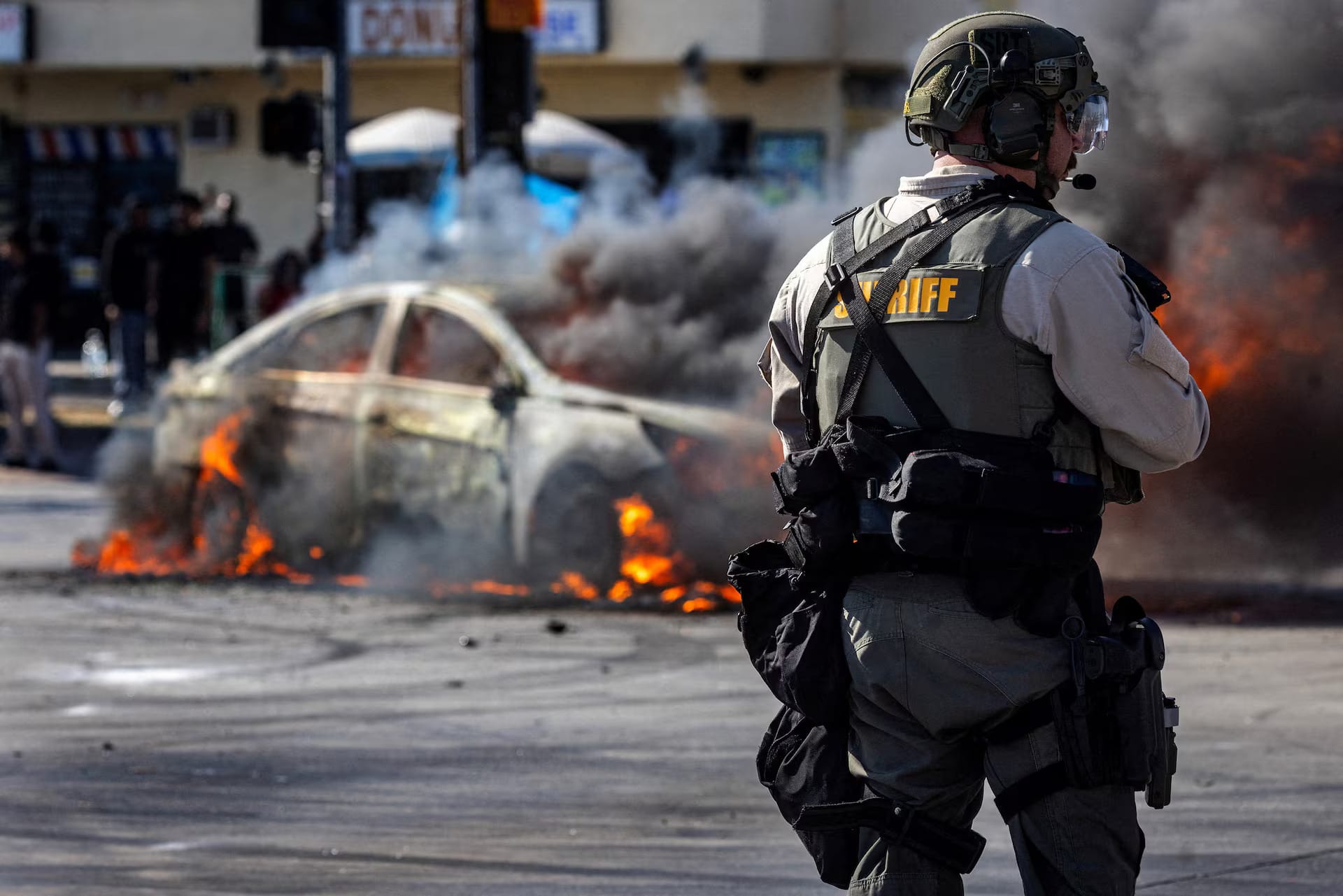
Racial Profiling Under the Microscope
Judge Frimpong’s ruling did more than stop ICE actions; it declared racial profiling unconstitutional. The case examined:
- Target areas: Home Depot parking lots, bus stops, car washes
- Data-based targeting: Income-driven zip codes, biased assumptions based on surnames
- Absence of investigations: Agents often do not investigate individuals before detaining them.
Frimpong determined that these practices constituted unlawful stops, which the Constitution prohibits, and are at the heart of unregulated enforcement.
How Immigrant Advocates Are Turning Law into Armor
In response to the ruling, grassroots support increased:
- Know-your-rights campaigns: Hotlines, legal help events, community workshops
- Apps like Notifica: Bilingual emergency resources to record encounters and preserve evidence
- Encrypted messaging: Organizations like Immigrant Defenders, ACLU, and local groups provide statewide guides.
Their message is clear: constitutional rights apply to everyone, regardless of immigration status.
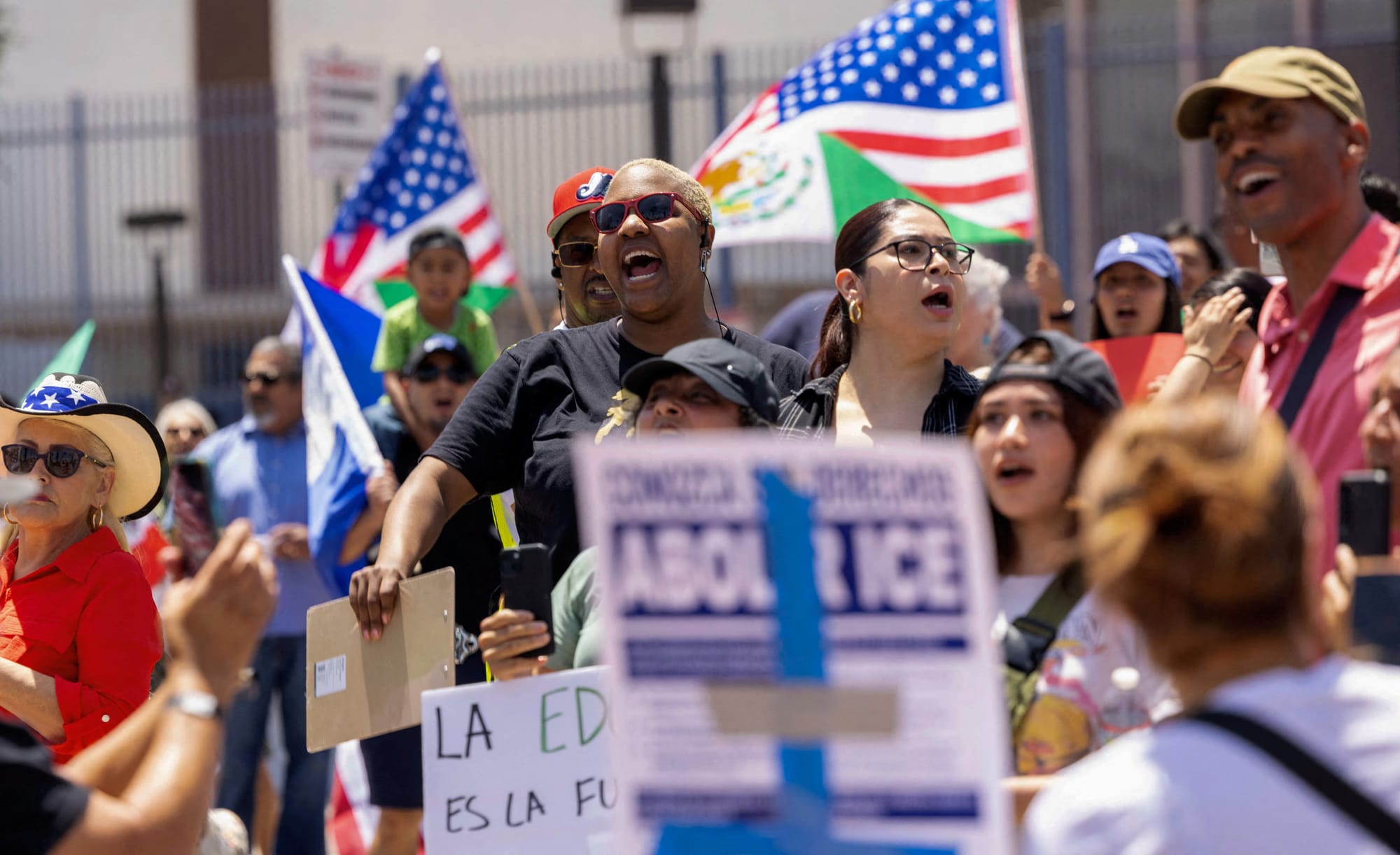
Federal Oversight vs. Local Sovereignty: The New Battleground
LA’s ruling intensified existing tensions:
- Local governments argue that sanctuary policies protect communities and encourage civic participation.
- Federal officials assert they are protecting national borders and public safety.
- The judiciary serves as a mediator, underscoring that federal power cannot undo constitutional protections.
As Attorney General Nessel noted, unchecked tactics risk spreading across the country, which Michigan aims to prevent.
Looking Ahead: Will This Stand or Fall?
The case is not over:
- An appeal is expected; DHS has indicated it will seek higher court review, possibly at the Supreme Court.
- Other cities are using LA’s ruling as a basis for their own legal actions.
- Congress remains stalled; without immigration reform, ICE practices will continue to conflict with civil rights.
Still, this LA ruling stands apart from prior injunctions—it is bold, rooted in constitutional principles, and strategically replicable.
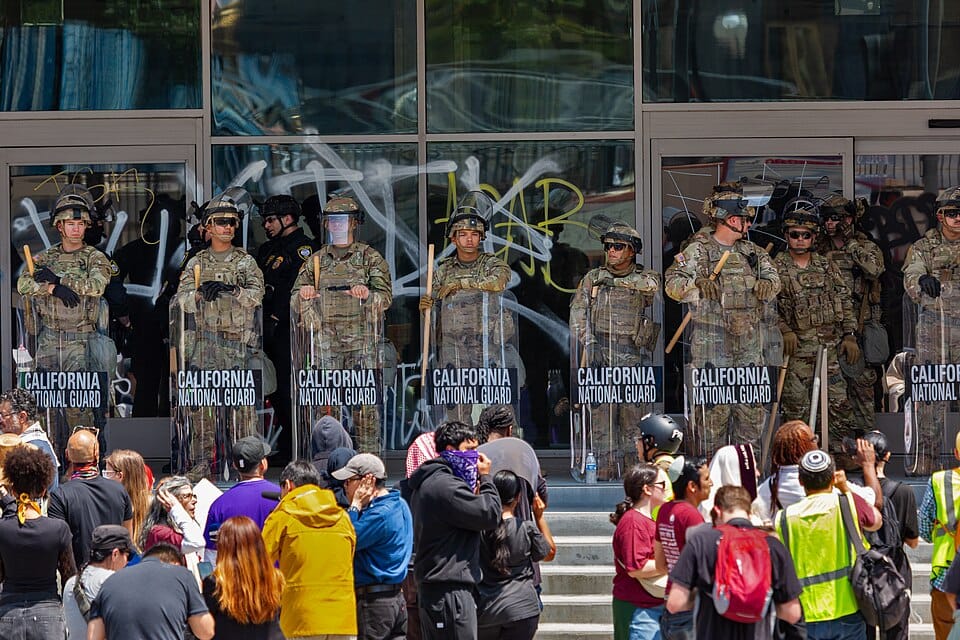
A Constitutional Inflection Point
Los Angeles didn’t just win a court order; it reinforced that constitutional rights take precedence over unchecked federal enforcement. The ruling sends a powerful message: even in immigration enforcement, due process matters, and racial profiling, surveillance, and warrantless arrests cross the line.
What happens next is just as much about protecting this decision—through appeals and advocacy—as it is about its effects in other areas. The battle continues in courtrooms, City Halls, and community hubs nationwide.
But one thing is clear: this is no longer just an LA issue; it is shaping the future of immigration enforcement.
Your Turn to Reflect
Can sanctuary cities use constitutional law to redefine federal immigration practices? What should ICE’s operations look like if they respect due process without compromising enforcement?
Sources
- ABC News / LA Times protest coverage (ACLU of Southern CaliforniaAmerican Civil Liberties Union+4ABC News+4Los Angeles Times+4AP News)
- AP & Guardian on injunctive orders
- Wall Street Journal's detailed coverage
- CalMatters & Courthouse News legal context (CalMatters+1Courthouse News+1)
- ACLU press releases
- Michigan AG brief
- Reuters
- Wikimedia Commons
- Los Angeles Times / Getty Images




